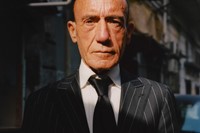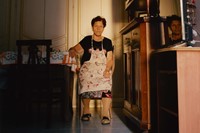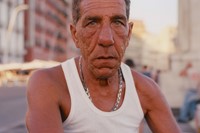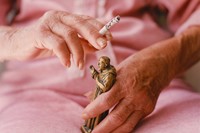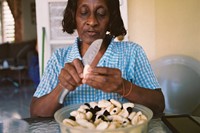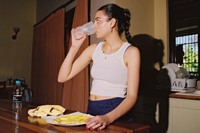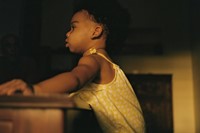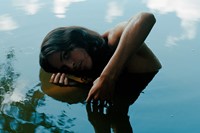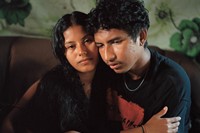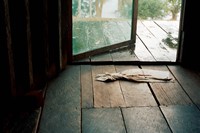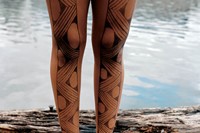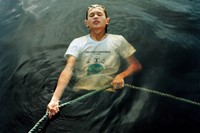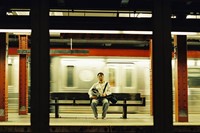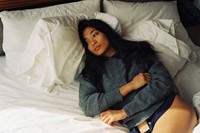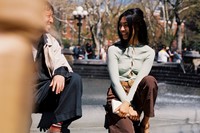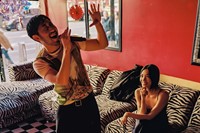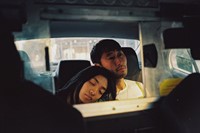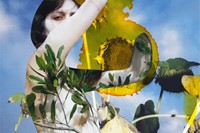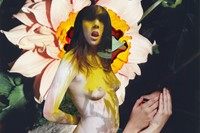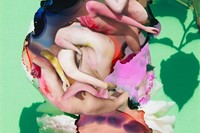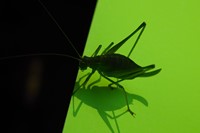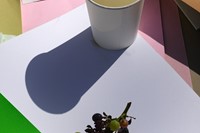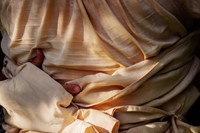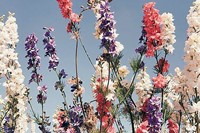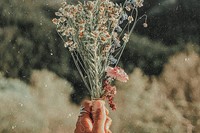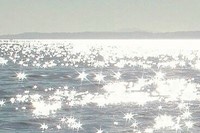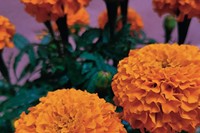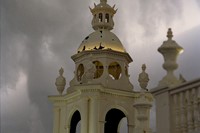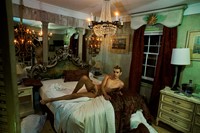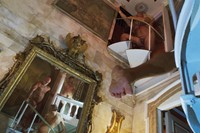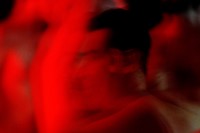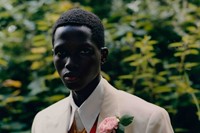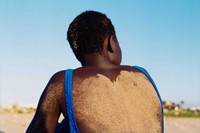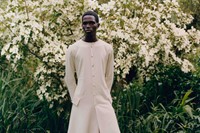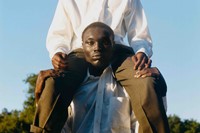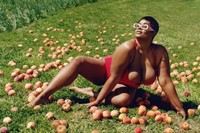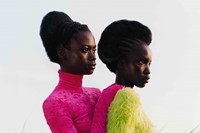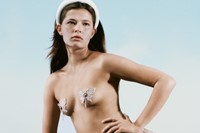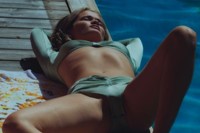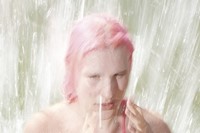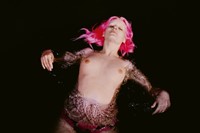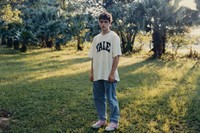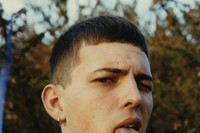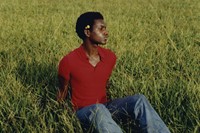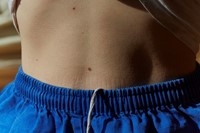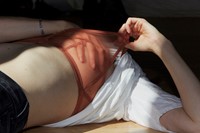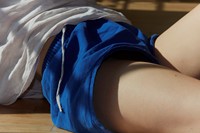From lush portraits on the Amazon river to homoerotic nudes on the beaches of Fire Island, here are 12 photo stories bound to turn the heat up this summer
See Naples and Die by Sam Gregg
“I’m just showing the humanity of Naples,” Sam Gregg told AnOther earlier this month. “Not trying to sugarcoat things, I’m showing things how they are.” For the British photographer, Naples became something of a muse; in particular, it was the people that stirred inspiration for his latest series, See Naples and Die. Gregg’s candid series of portraits are intimate and instinctive, showing the frank beauty of Neapolitan society; without theatricality, his subjects hold power in their own right – while the series itself speaks on the rich culture of the city.
Munro Close by Jay Johnson
Mancunian photographer Jay Johnson’s gentle photo zine Munro Close is an intimate portrait of his girlfriend Daniela, her family, and their way of life. Travelling from Manchester to Jamaica, and finally Atlanta, the globetrotting series distils the intimacy of familial and romantic love, offering a glimpse into what ties these cultures together – namely, food. “I feel like [food is] a really important part of the culture – not only Jamaican culture, which it is a massive part of – but also Daniela’s Italian side,” Johnson told AnOther. “They all just absolutely love to cook.”
Like a River by Daniel Jack Lyons
There’s a distinct sense of liberation felt in Daniel Jack Lyons’ debut monograph, Like a River. Lensing the trans and queer community in the Amazon, Lyon’s images empower youth in small communities, especially poignant at a time when Brazil’s LGTBQ+ population faces soaring rates of violence. Set against a lush Amazonian backdrop, the book is an exploration of the diverse identity politics that unite the world, and celebrates their pulse through indigenous societies.
High and Dry by Gabriel Chiu
Based on Lost in Translation – a film in which two lonely American protagonists find each other culturally isolated living in Tokyo, Japan, and fall in love – Gabriel Chiu’s series High and Dry inverts Sofia Coppola’s classic film by portraying an Asian couple lonely and in love in New York. Through highs and lows, intimacy and solitude, the images capture the common, yet rarely dissected tale of immigration and romance.
Modern Alchemy by Viviane Sassen and Emanuele Coccia
Modern Alchemy is the work of philosopher Emanuele Coccia and AnOther contributing photographer, Viviane Sassen. In 160 pages, the book encapsulates a dialogue between two leading figures in their field in poignant prose and technicolour imagery, drawing inspiration from our eternally beautiful yet mystifying planet Earth.
Macht Liebe by Anne Morgenstern
A tight camera crop has the ability to transform a subject; immersed in texture, materiality, and form, we lose touch with preconceived constructs of gender and identity. In Anne Morgenstern’s photo book, the photographer questions and redefines the body with nudes and bodily crops alongside images of familiar objects, drawing fragments of the body into question and welcoming a sense of ambivalence and uncertainty.
#Ingrid by Zoé Aubry
Made up of dazzling, sun-drenched landscapes and adorable images of animals, the circumstances that led to the conception of this new photo book by Zoé Aubry are frighteningly real. In February 2020 in Mexico City, a 25-year-old woman named Ingrid Escamilla was murdered by her husband. Grotesque images of her injured body plastered the local media. In an attempt to purify her memory, social media users utilised the hashtag #IngridEscamillaVargas to post uplifting, positive images to drown out the bleak images of her final moments. Moved by the campaign, Aubry created #Ingrid as an ode to the woman who couldn’t consent to her body being given up to the press, and in solidarity with victims of femicide worldwide.
To Die Alive by Matthew Leifheit
Captured on Fire Island – a location that’s historically served as a haven for the LGBTQ+ community – Matthew Leifheit’s photo book conjures a hedonistic fever dream of queer liberation. Its explicit sexuality has a dark undertone; subjects appear caught in the act, the skin of their vulnerable, naked bodies appearing blue-ish and almost cadaverous. “Hopefully I’m not ever wagging my finger at parts of the gay community or calling people out in any way,” Leifheit told AnOther. “Part of the darkness [of the book] is that I was never interested in making something nice.”
Cultural Turns by Tyler Mitchell
In a sensitive exploration of Blackness against the cultural backdrop of toxic masculinity, Cultural Turns formulates a reaction to society’s unjust, preconceived notions of the role of Black men and women through striking imagery of joy, freedom and tenderness. “He moves the cultural turn along to a different kind of dynamic,” the curator of the exhibition, Mark Sealy, told AnOther. “One that allows you to see that there are multiple ways of being in the Black experience.”
MUD by Georgia Pendlebury and Arnaud Lajeunie
Across four books, MUD is an ongoing series by stylist Georgia Pendlebury and photographer Arnaud Lajeunie; the culmination of five years photographing girls cast through social media. Placing their subjects in artificial situations in lush locations across Europe, the images capture budding friendships and joy through intimate portraits of youth.
OVERTURE, by Guilherme da Silva
In a new zine, Guilherme da Silva lenses the diverse LGBTQ+ community in Brazil. Through a series of portraits, the photographer shows love, lush and languorousness in natural spaces in São Paulo, imagining a dreamlike haven of sexual liberation as an ode to intimacy in the face of societal prejudice.
Inner by Vincent Ferrané
In the latest photo book by French photographer Vincent Ferrané, beauty was found within the four walls of his Parisian flat during lockdown; namely in intimate images of his partner, Armelle. In various states of dress, and undress, Ferrané lenses the languid, tranquil moments of domesticity, with a focus on skin and undress.

